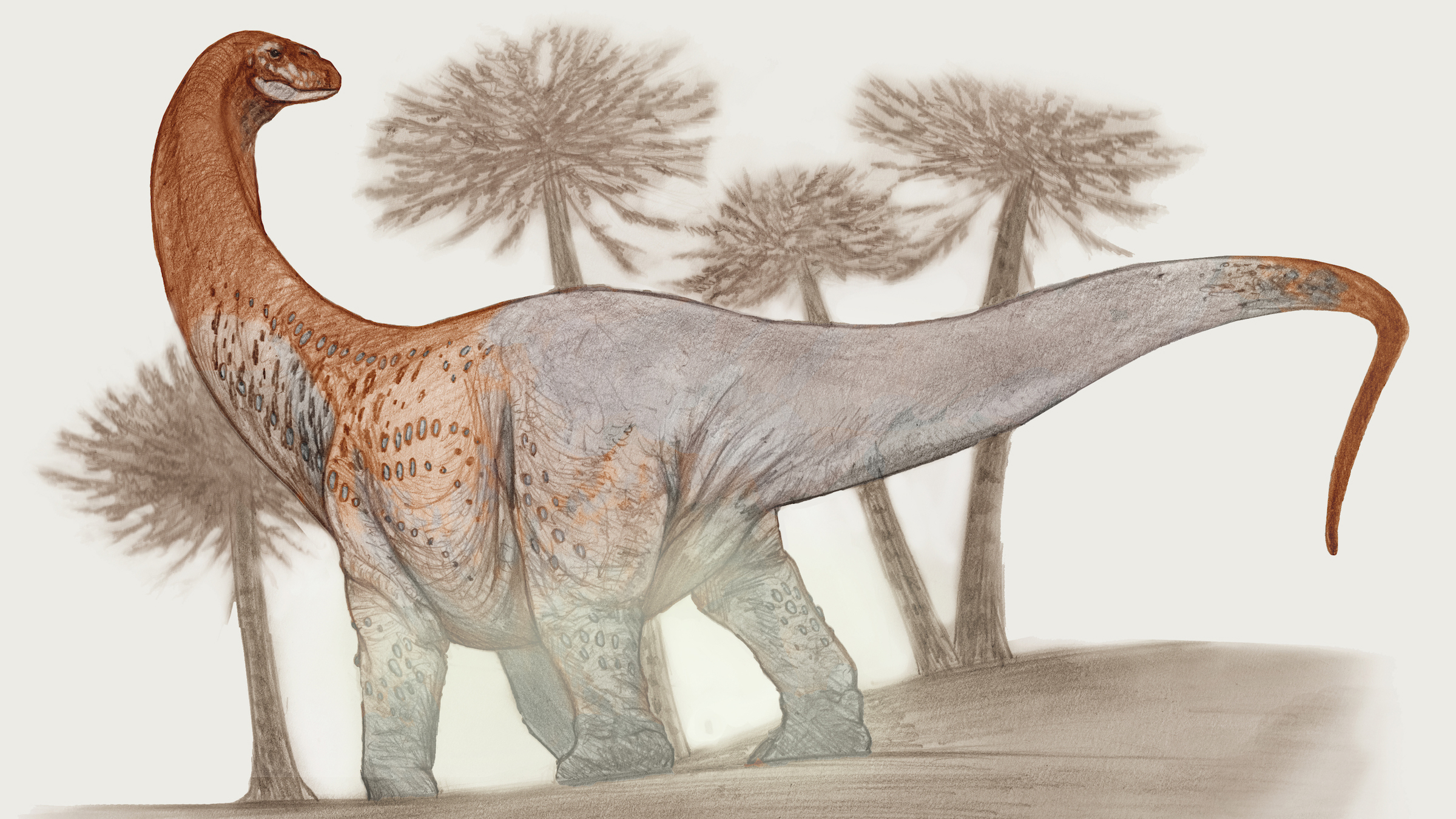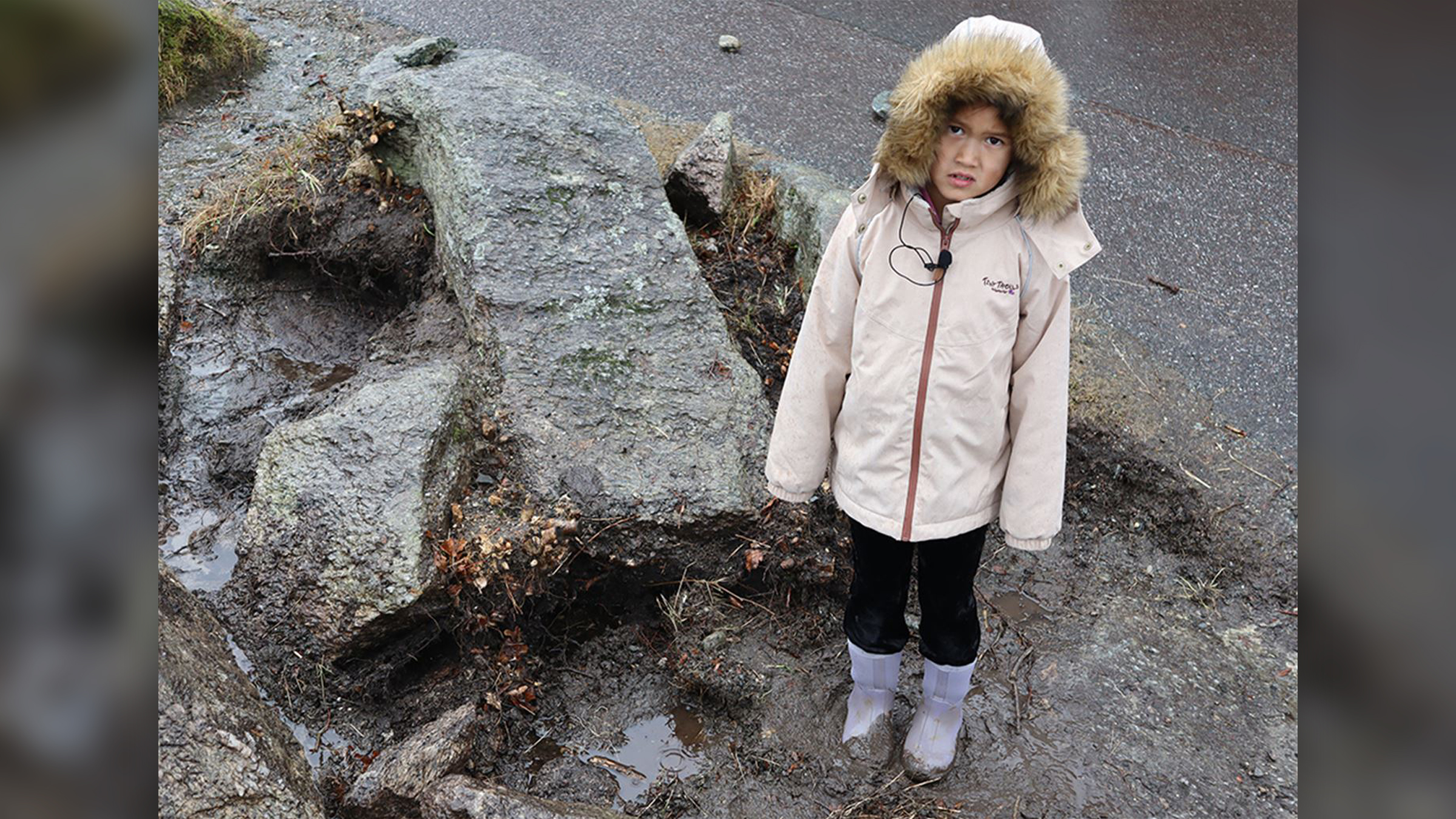
Laura Geggel
Laura is the archaeology and Life's Little Mysteries editor at Live Science. She also reports on general science, including paleontology. Her work has appeared in The New York Times, Scholastic, Popular Science and Spectrum, a site on autism research. She has won multiple awards from the Society of Professional Journalists and the Washington Newspaper Publishers Association for her reporting at a weekly newspaper near Seattle. Laura holds a bachelor's degree in English literature and psychology from Washington University in St. Louis and a master's degree in science writing from NYU.
Latest articles by Laura Geggel

AI reveals scroll's lost text after it was scorched by Mount Vesuvius eruption 2,000 years ago
By Laura Geggel published
Mount Vesuvius' eruption in A.D. 79 carbonized hundreds of scrolls and papyri in the ancient Roman city of Herculaneum. Now, AI has decoded part of a scroll.
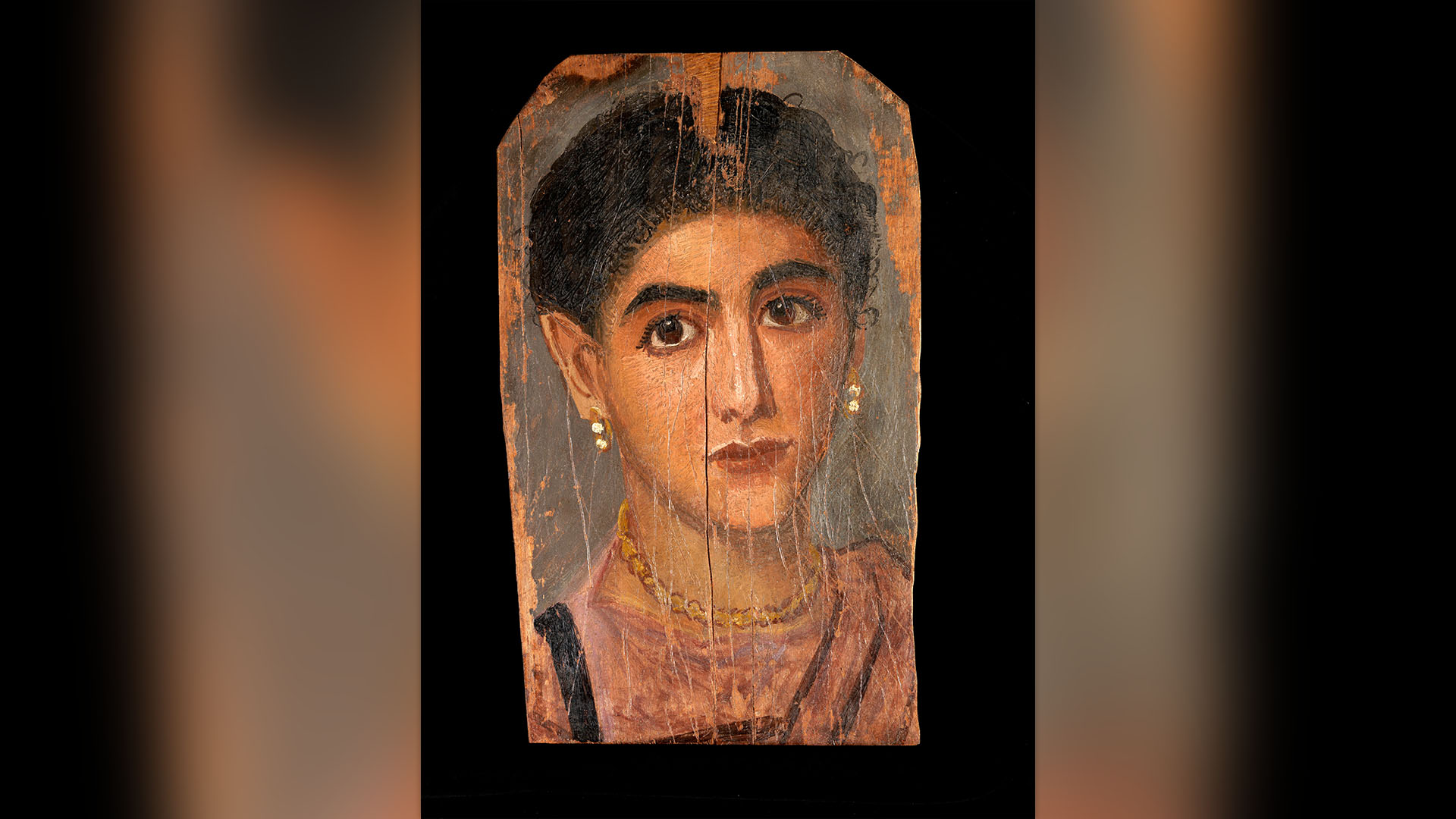
See gorgeous ancient Egyptian 'mummy portraits' from nearly 2 millennia ago
By Laura Geggel published
These ancient 'mummy portraits' provide a window into ancient Egyptian life and culture.
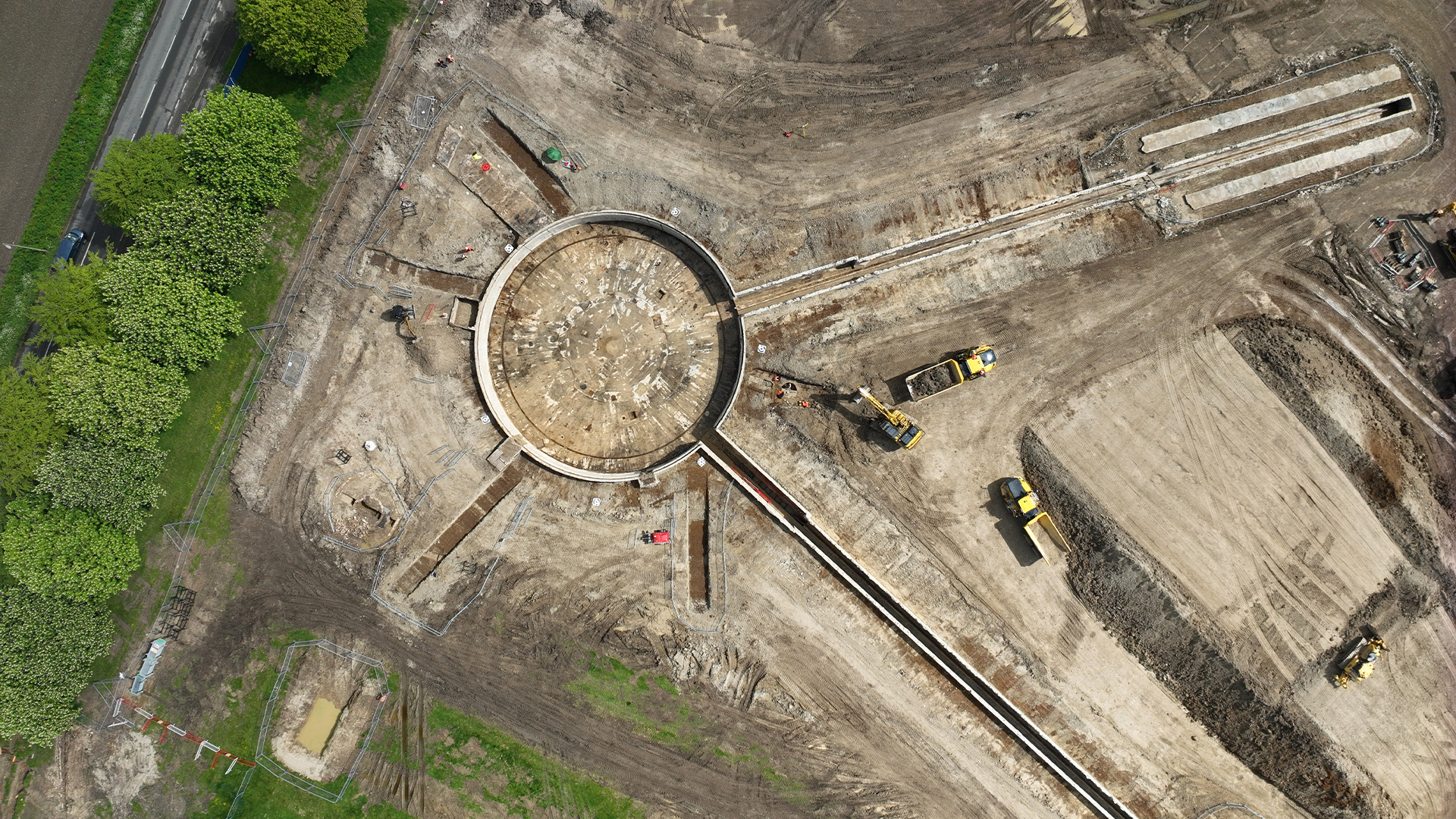
Catapult designed to launch World War II bomber planes unearthed in England
By Laura Geggel published
The WWII catapult, designed to launch bomber planes in southeastern England, was never used.

The 1st Americans were not who we thought they were
By Laura Geggel published
For decades, we thought the first humans to arrive in the Americas came across the Bering Land Bridge 13,000 years ago. New evidence is changing that picture.
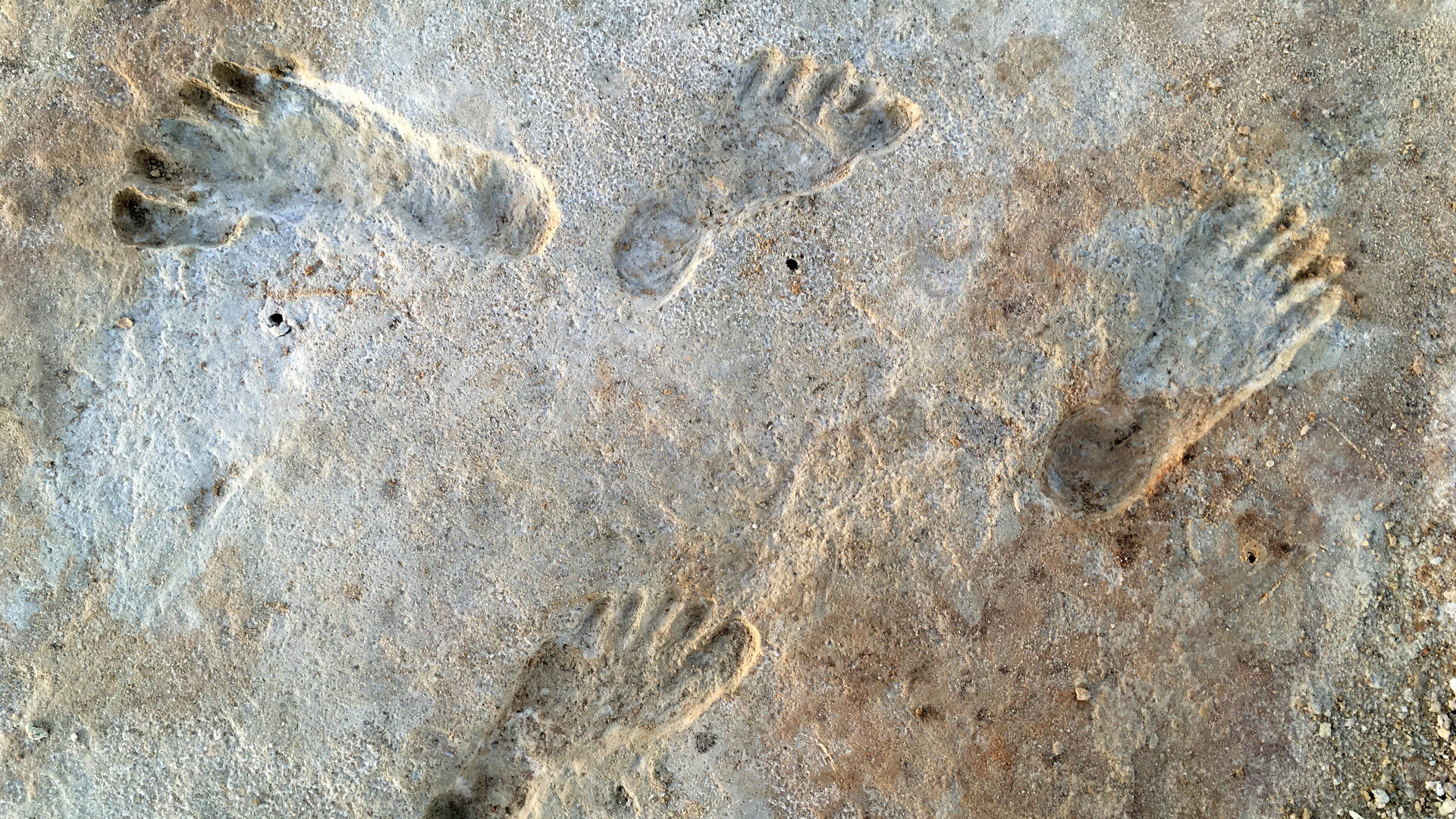
Debate settled? Oldest human footprints in North America really are 23,000 years old, study finds
By Laura Geggel published
Scientists have used several methods to show that human footprints found in White Sands National Park are around 23,000 years old.
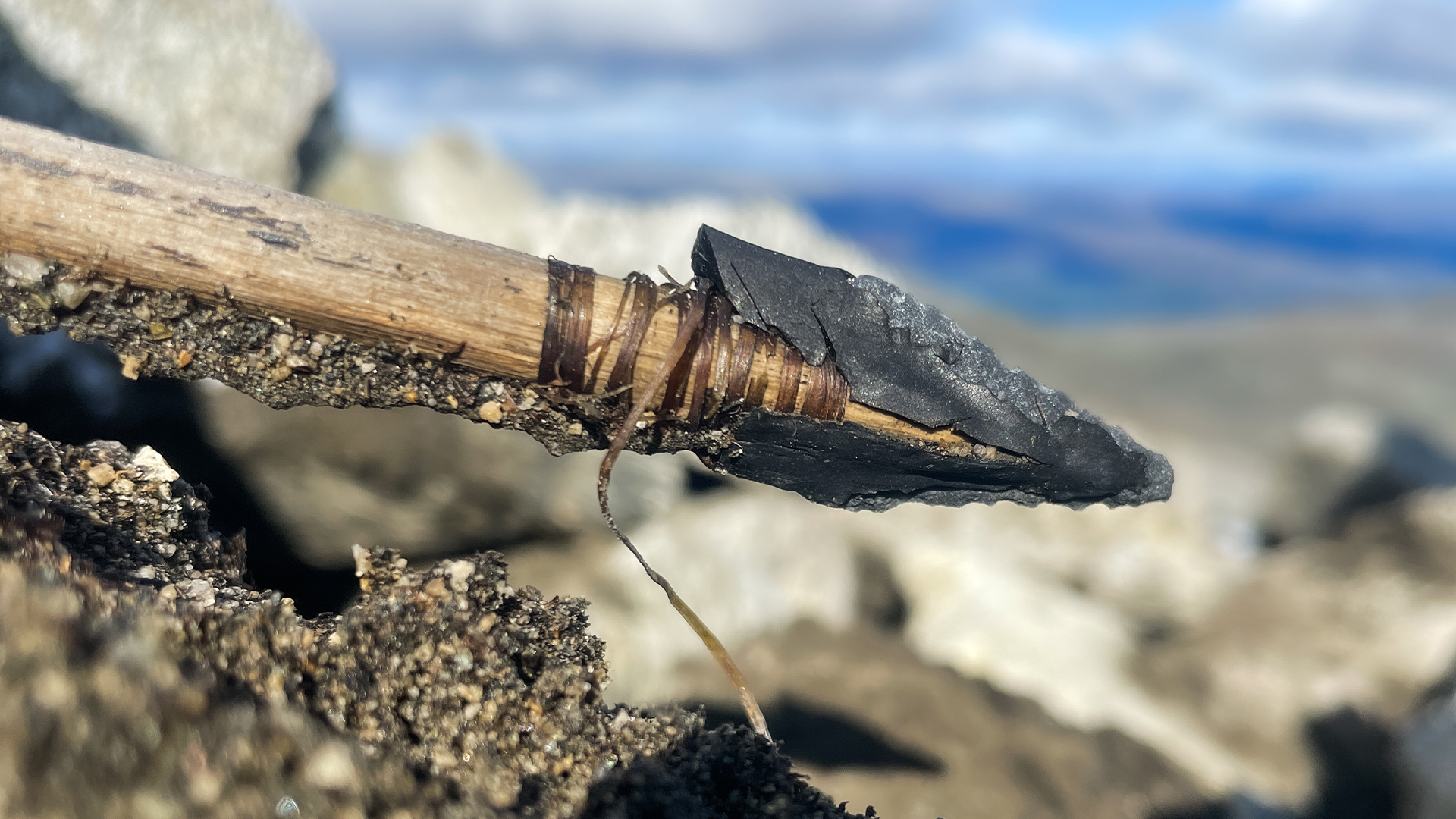
'Very rare' Bronze Age arrow with quartzite tip uncovered from melting ice after 3,000 years
By Laura Geggel published
Glacial archaeologists in Norway have found an arrow with its quartzite tip still attached after spending up to 3,000 years in the snow and ice.
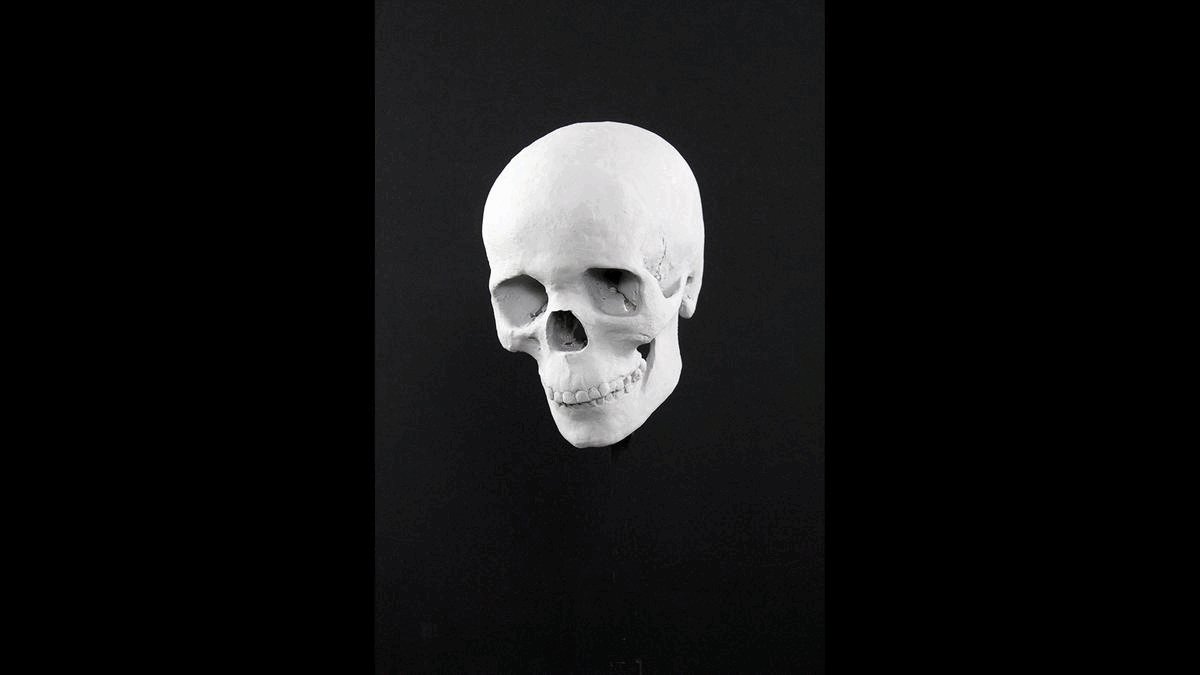
See the 'amazing' facial reconstruction of a Bronze Age woman discovered crouching in a 4,200-year-old grave
By Laura Geggel published
Facial reconstruction The skeletal remains of the 'Upper Largie Woman' were found in a quarry in Scotland. Now, scientists have reconstructed the Bronze Age woman's face.
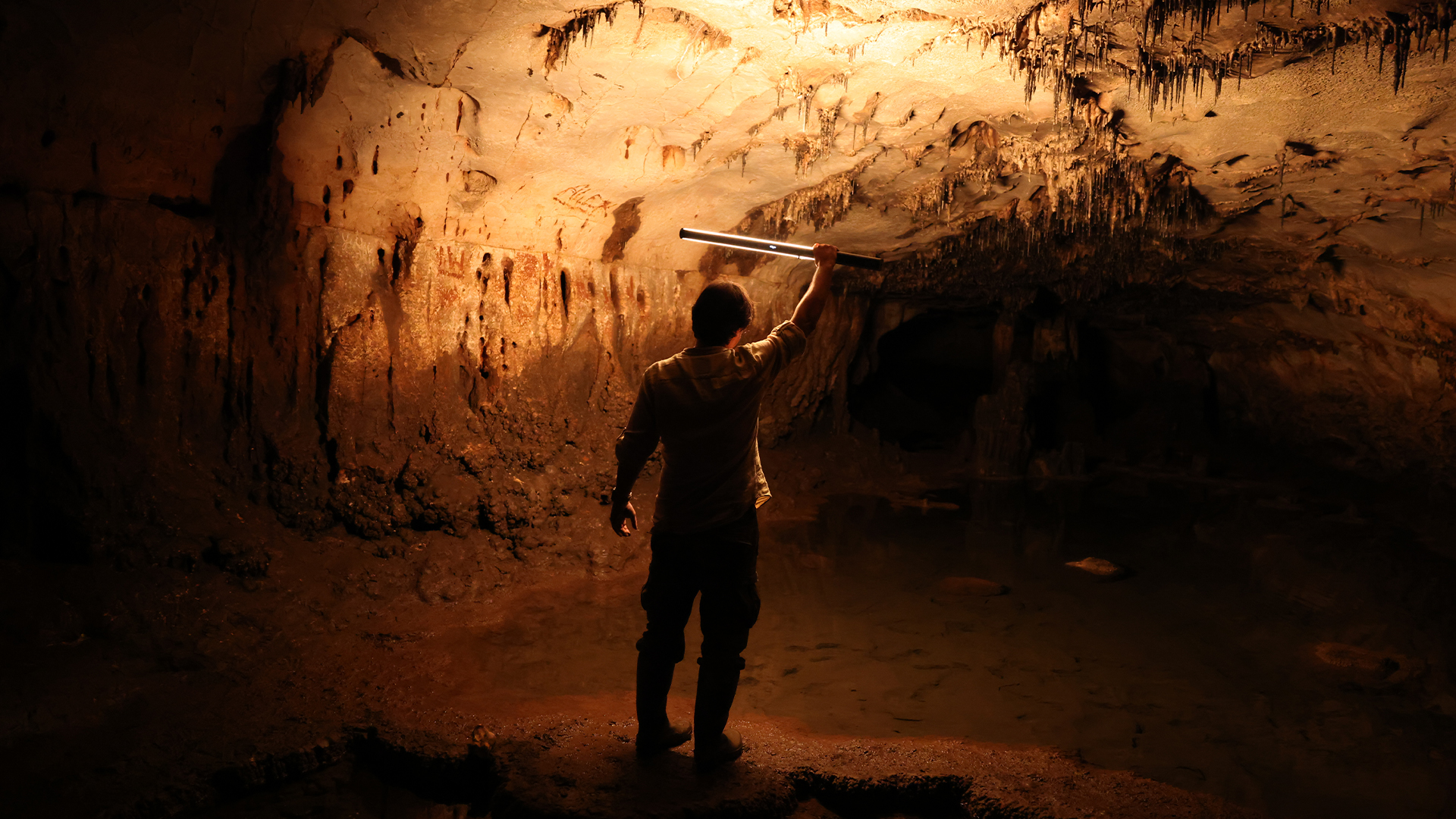
Paleolithic 'art sanctuary' in Spain contains more than 110 prehistoric cave paintings
By Laura Geggel published
Cave paintings and engravings dating to at least 24,000 years ago were discovered near Valencia in Spain.
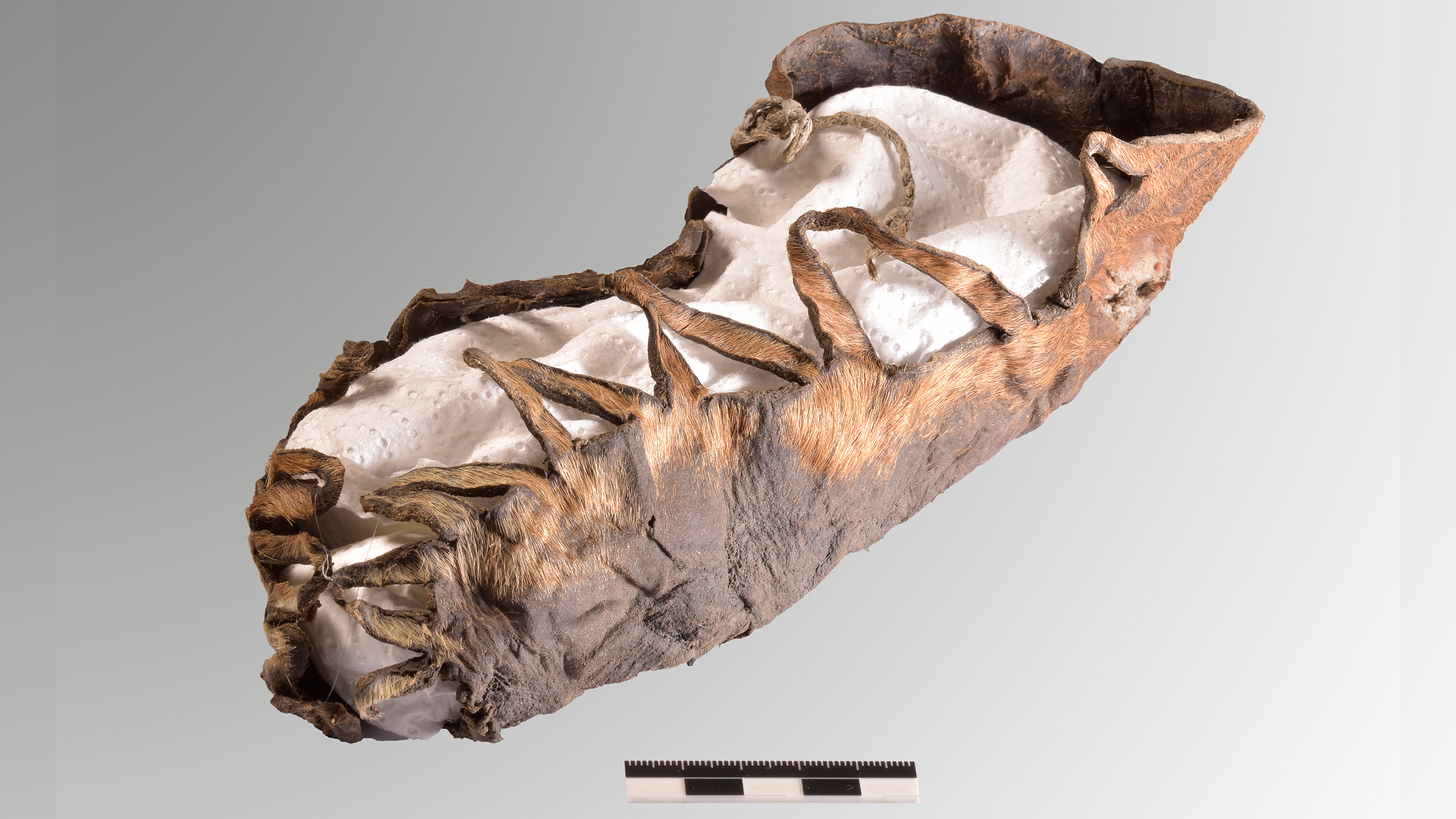
'Outstanding' 2,200-year-old child's shoe discovered deep underground in Austrian mine
By Laura Geggel published
A second century B.C. leather shoe found in an Austrian mine offers 'extremely rare insight into the life of Iron Age miners.'
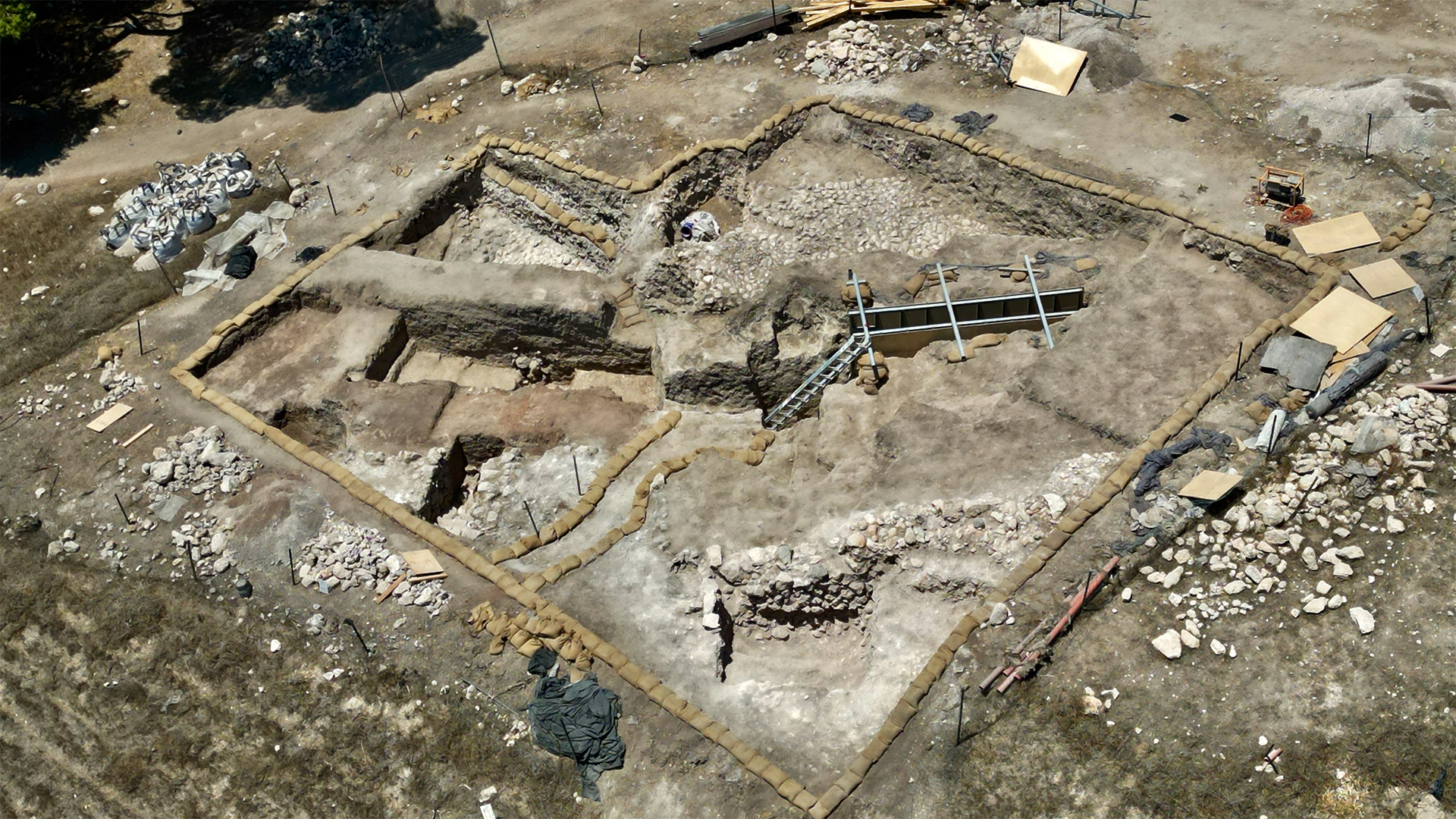
No one 'expected to find what we did': 4,000-year-old Canaanite arch in Israel may have been used by cult
By Sascha Pare published
Archeologists discovered the mysterious arch at the end of a narrow, underground passageway that was sealed with sediment shortly after it was built in the Middle Bronze Age.
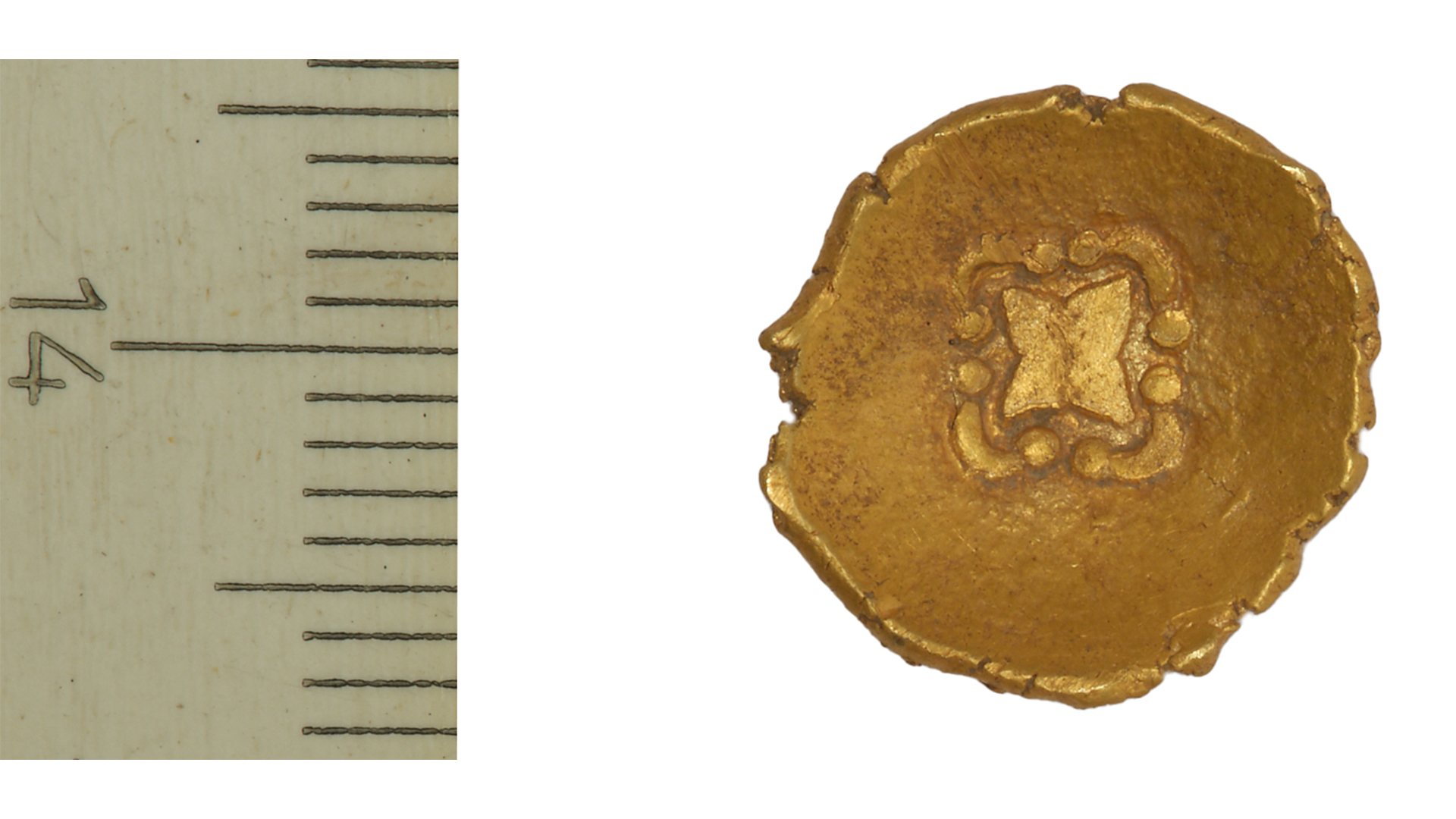
Lost 'rainbow cup' coin minted by Celts 2,000 years ago discovered in Germany
By Laura Geggel published
Legend has it that "rainbow cups" are drops of gold that fall to Earth at the end of a rainbow.

Skin cancer: Causes, types, prevention and treatment
By Laura Geggel published
Skin cancer, the uncontrolled growth of abnormal cells in the skin, is mainly caused by exposure to ultraviolet radiation from the sun and tanning equipment.

Ancient Roman walls discovered in Swiss Alps are an 'archaeological sensation'
By Laura Geggel published
Archaeologists have unearthed ancient Roman walls in the foothills of the Swiss Alps.
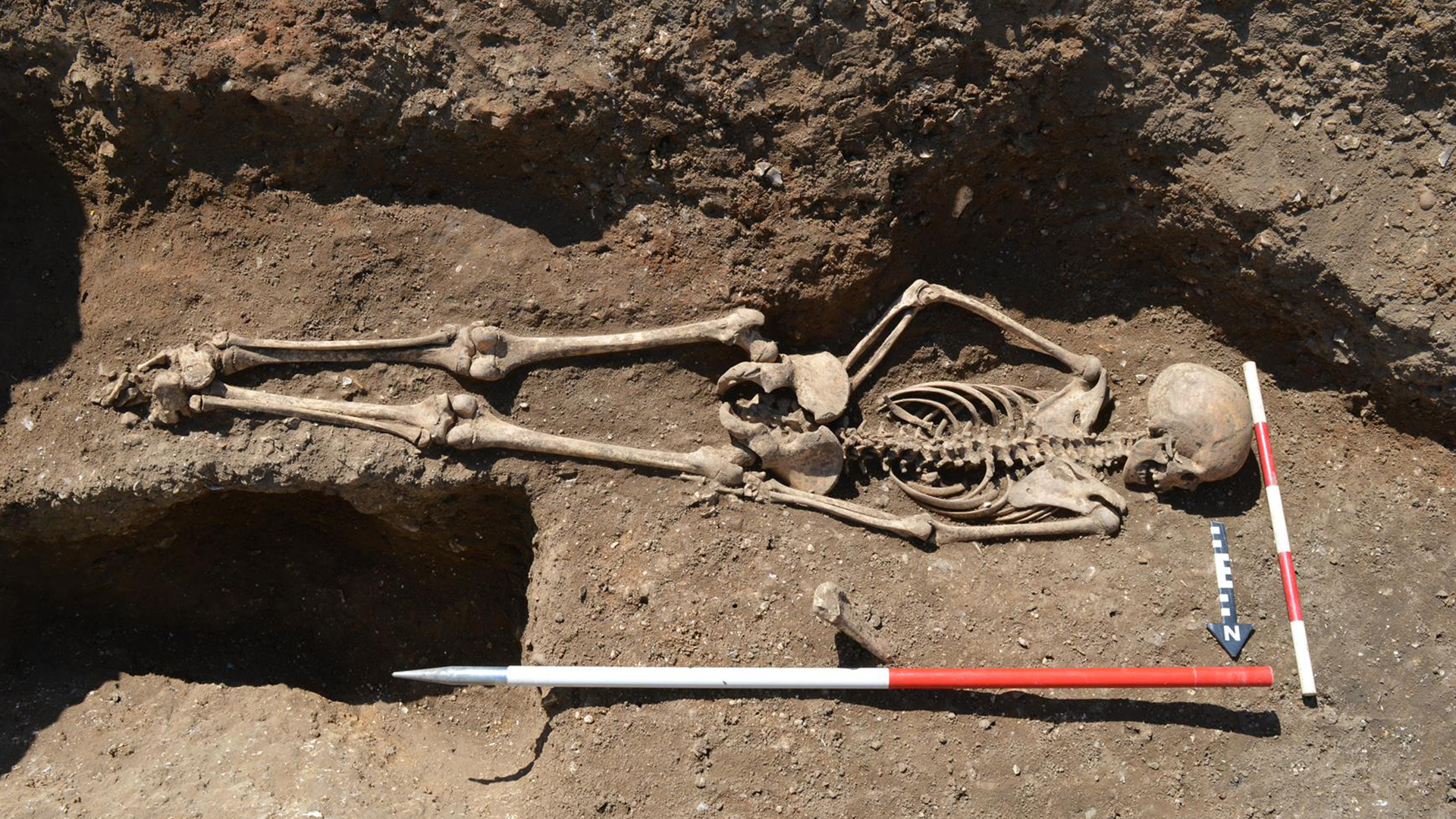
Medieval girl buried face down with bound ankles, likely so she couldn't 'return' from the grave
By Laura Geggel published
The medieval remains of a 15-year-old girl reveal that she was buried face down and with bound ankles at the edge of a settlement.
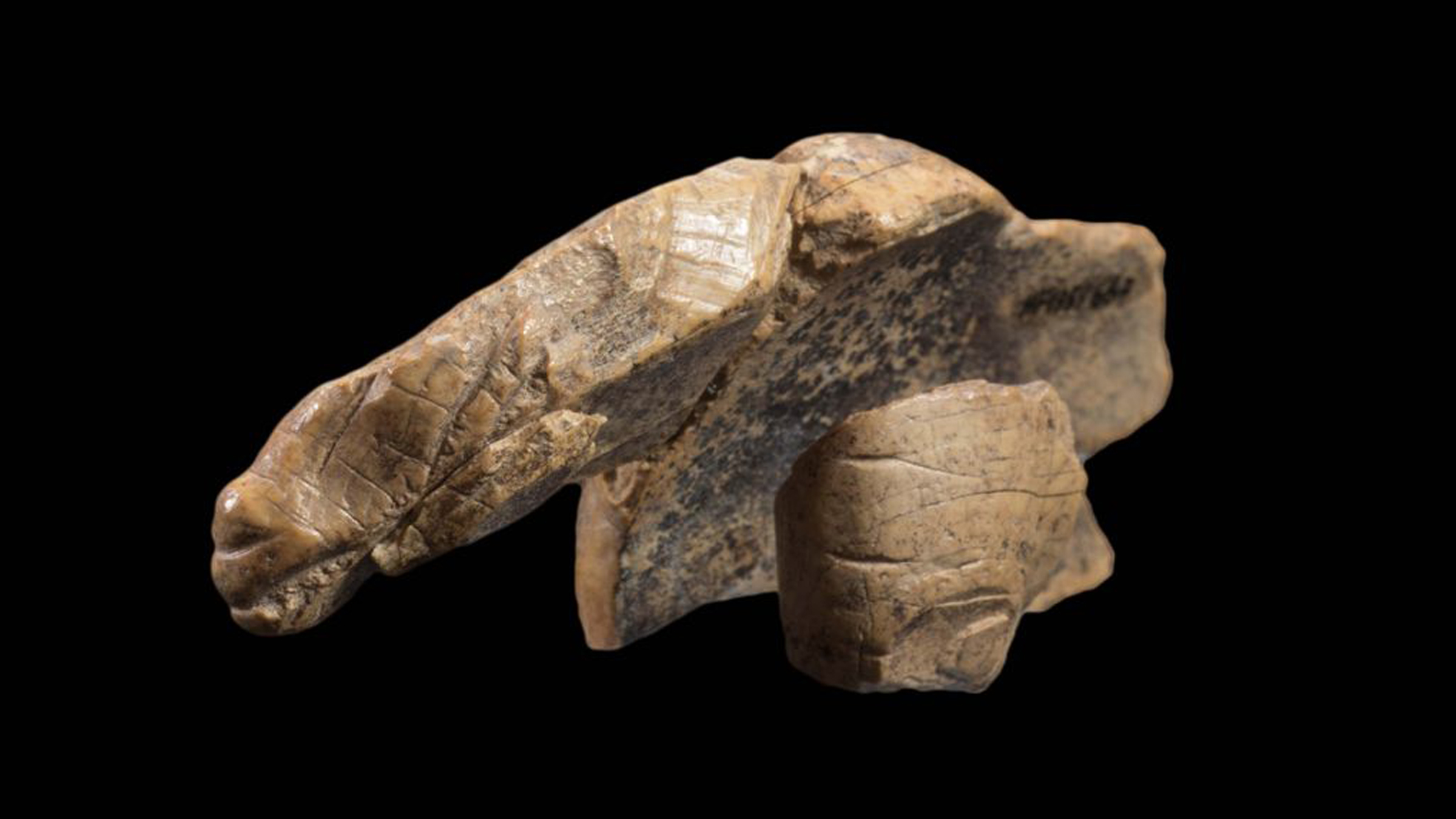
Missing 'body' of ice age animal carving finally found — but nobody knows what the animal is
By Laura Geggel published
The long-lost 'body' of mysterious ice age animal carving was discovered in German cave, but archaeologists aren't sure if it's a cave lion or cave bear.
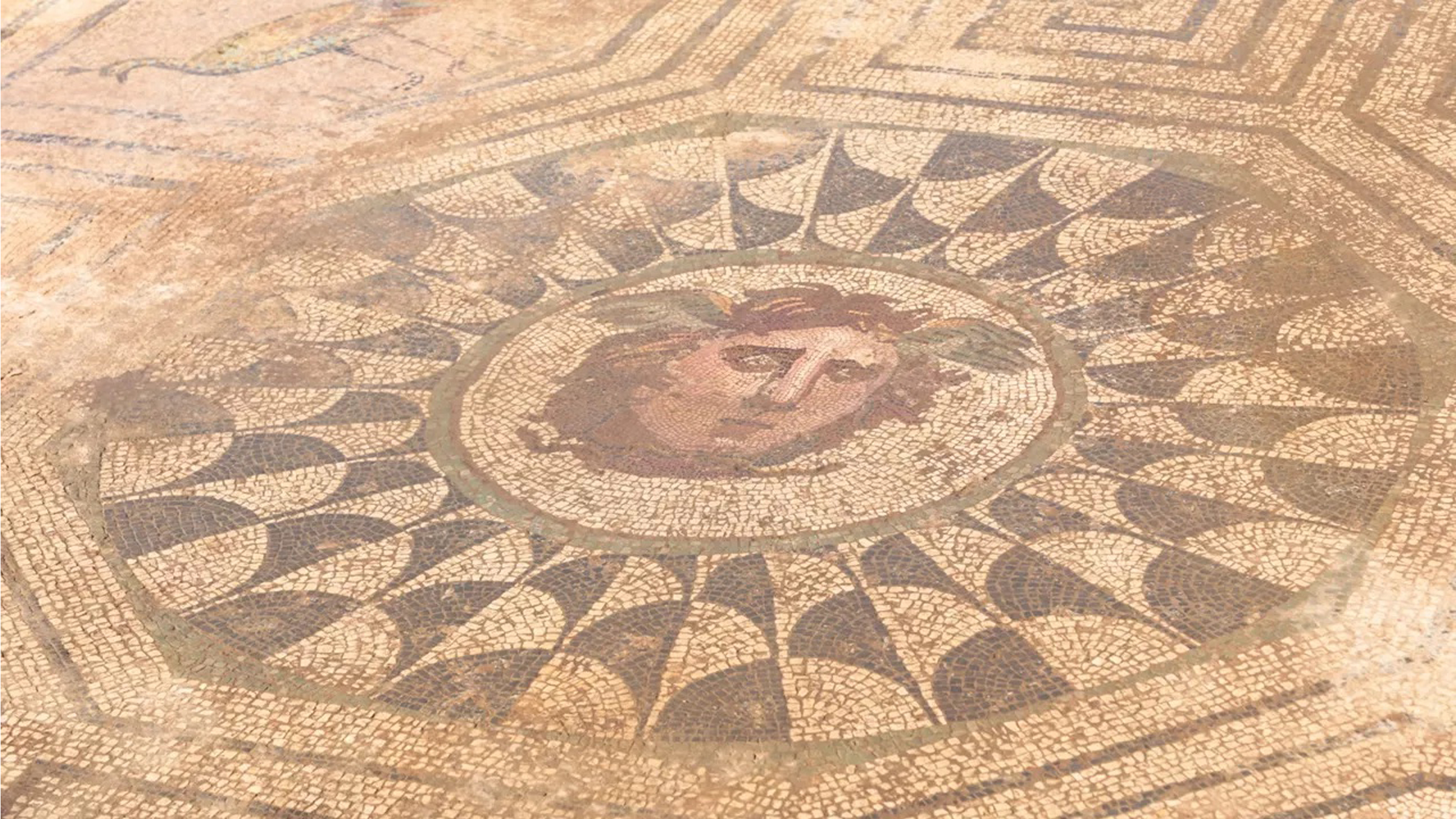
'Exceptional' winged Medusa discovered in Roman-era mosaic in Spain
By Laura Geggel published
The 1,800-year-old Medusa mosaic was discovered in the remains of lavish Roman-era house in western Spain.

Woman who died in deadly Vasa warship's wreck 400 years ago reconstructed in lifelike detail
By Laura Geggel published
At first, researchers thought a 17th-century shipwreck skeleton was male. But a new reconstruction reveals her as female, based on results from a genetic analysis done earlier this year.
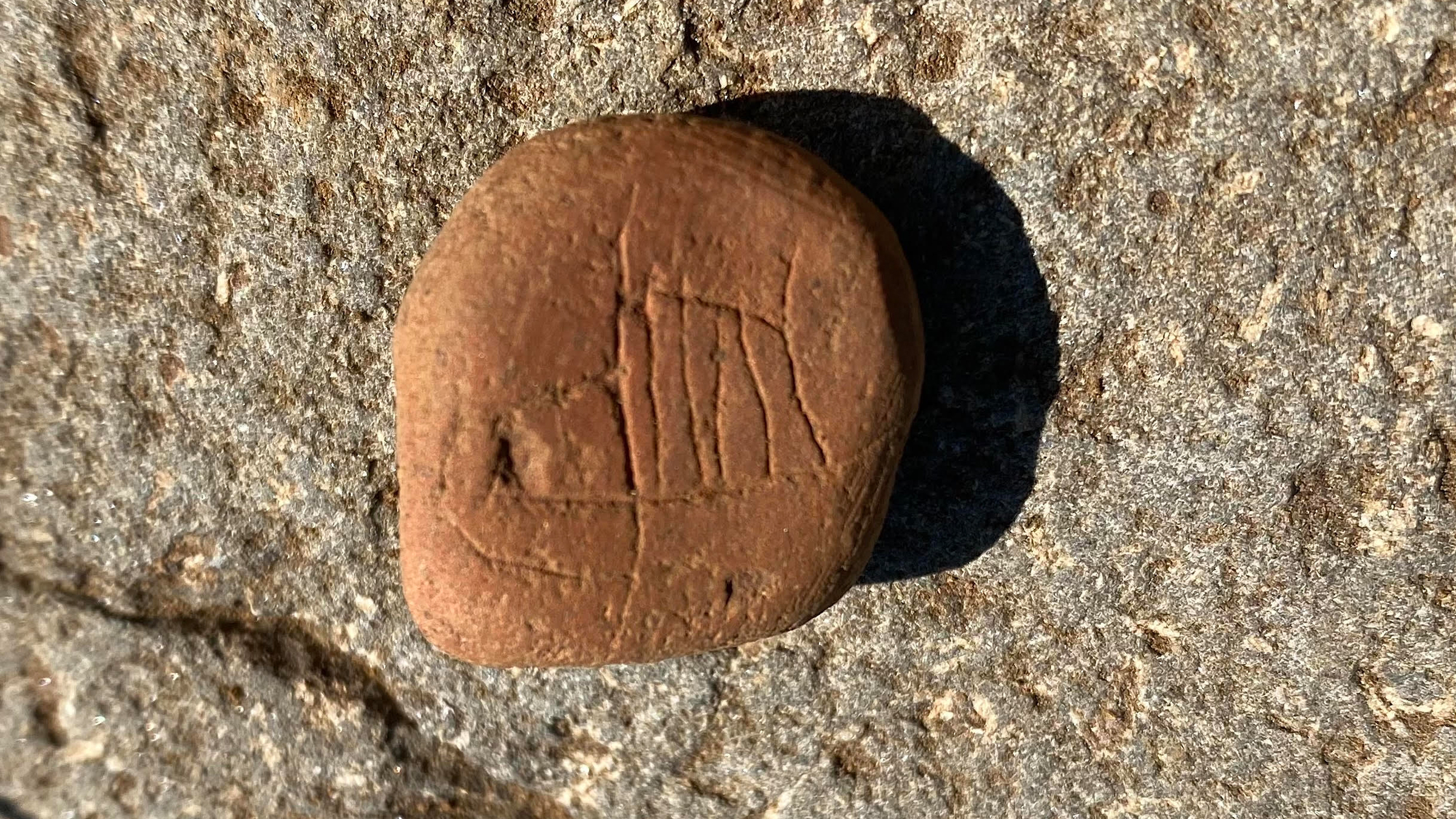
1,200-year-old 'Viking graffiti' is the oldest drawing ever discovered in Iceland
By Laura Geggel published
Viking boat graffiti like this record-setting carving are usually "extremely poorly done."
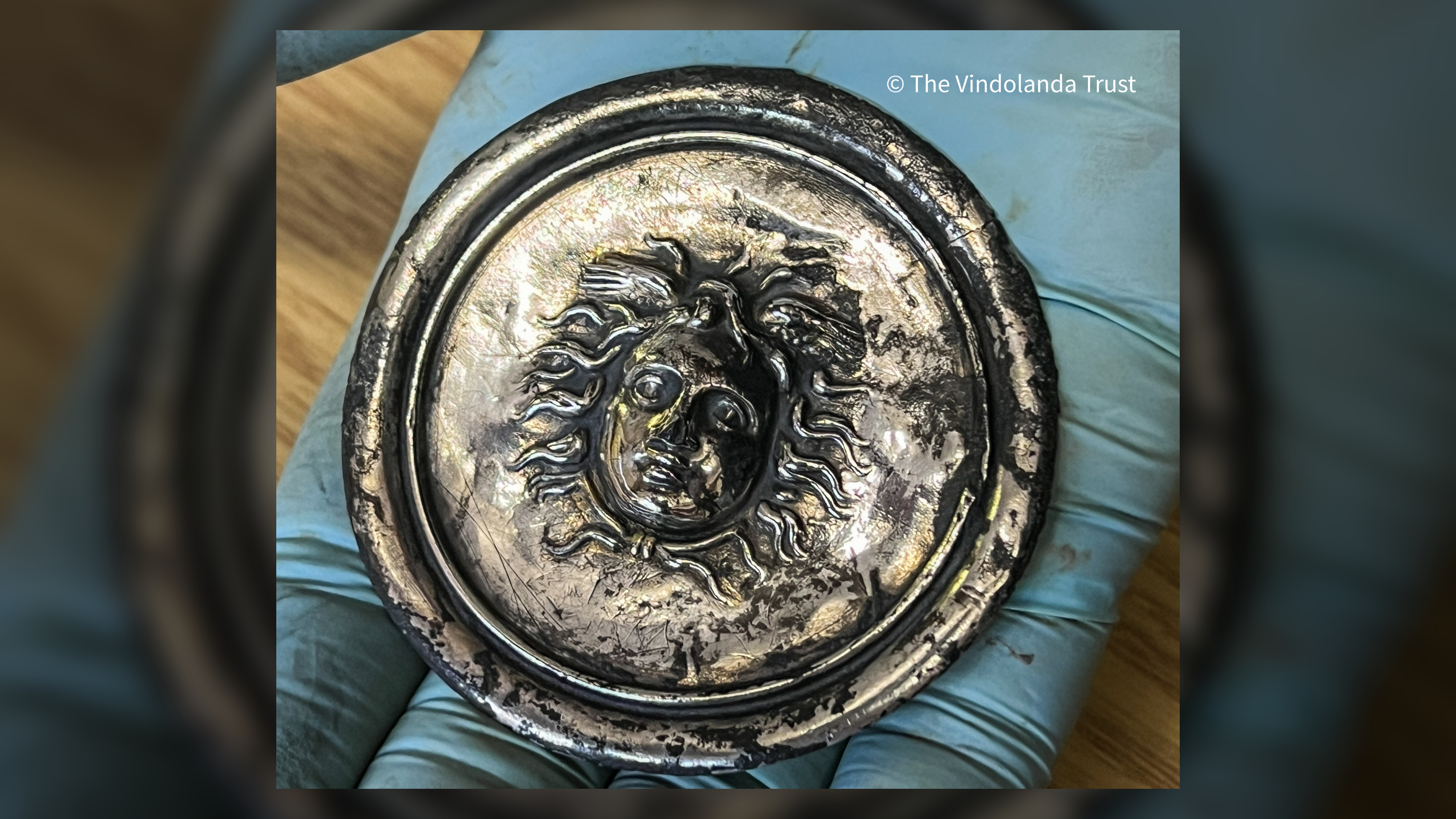
Silver medal featuring winged Medusa discovered at Roman fort near Hadrian's Wall
By Laura Geggel published
The snake-covered head of Medusa was found on a silver military decoration at a Roman auxiliary fort in England.
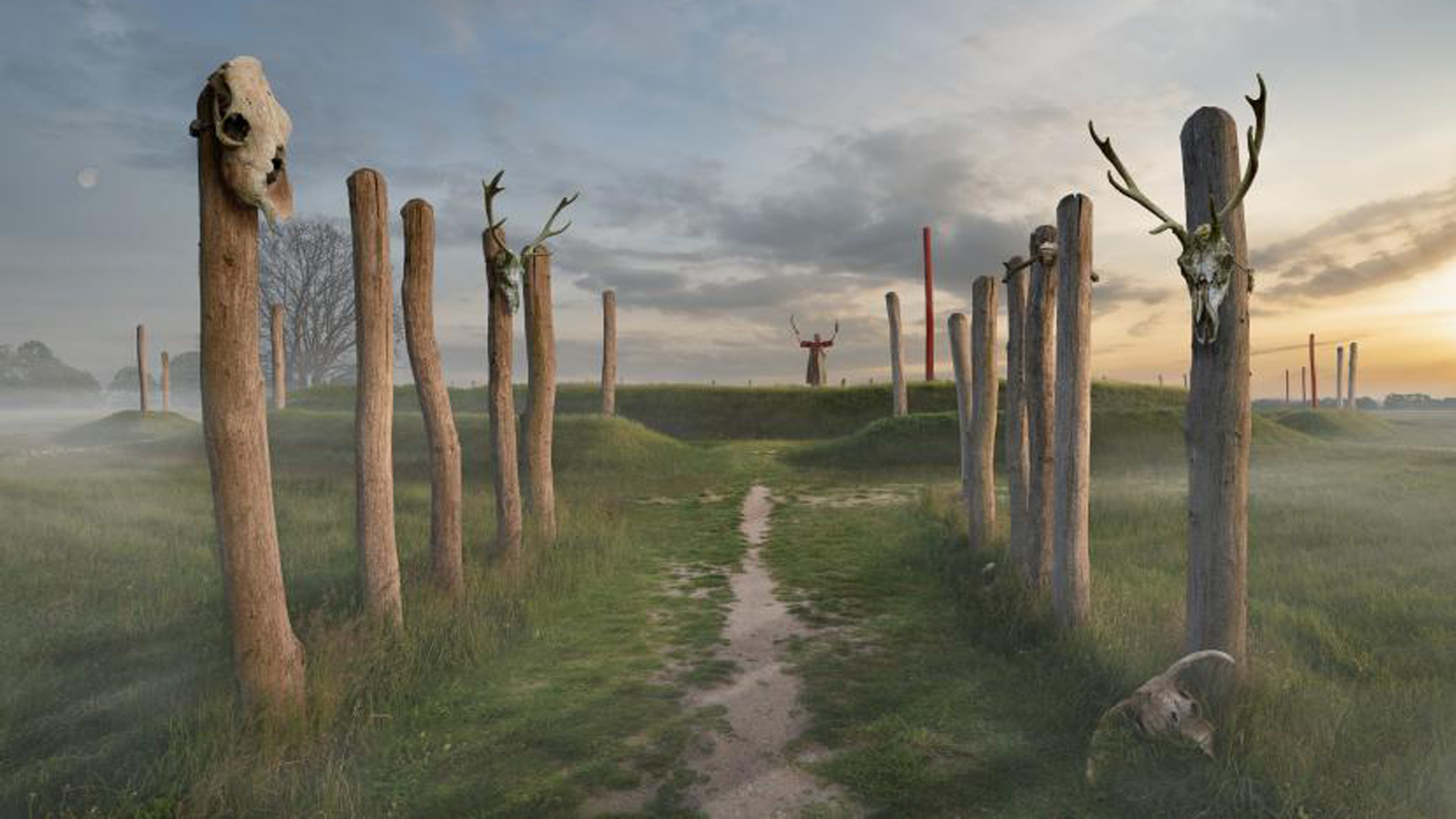
4,500-year-old 'Stonehenge' sanctuary discovered in the Netherlands
By Laura Geggel published
Archaeologists have discovered a 4,500-year-old sanctuary in the Netherlands that marks the solstices and equinoxes, and was also used as a burial ground.
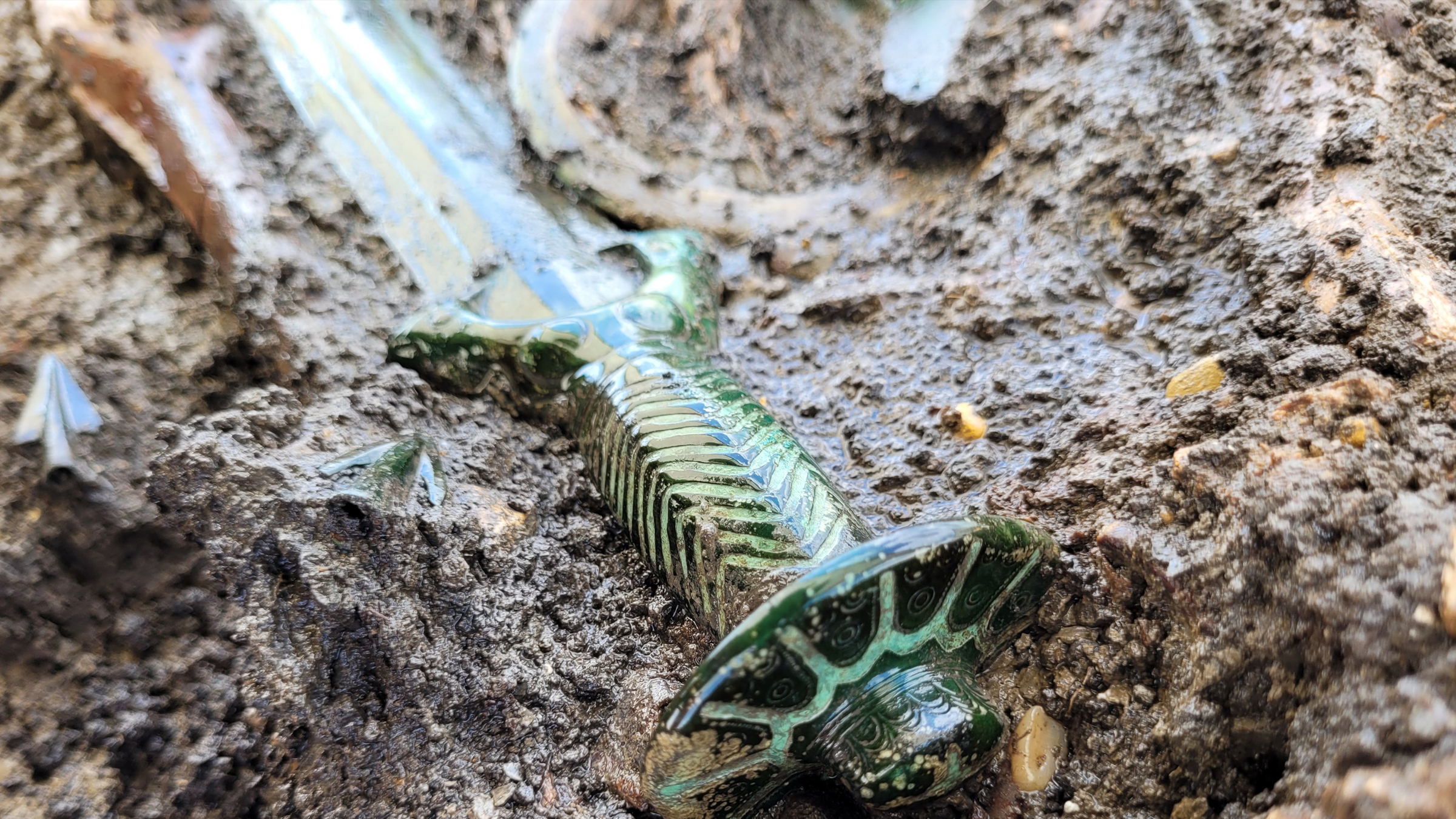
'Octagonal' sword from Bronze Age burial in Germany is so well preserved, it shines
By Laura Geggel published
Archaeologists in Germany have unearthed a sword in a three-person burial dating to the late 14th century B.C.
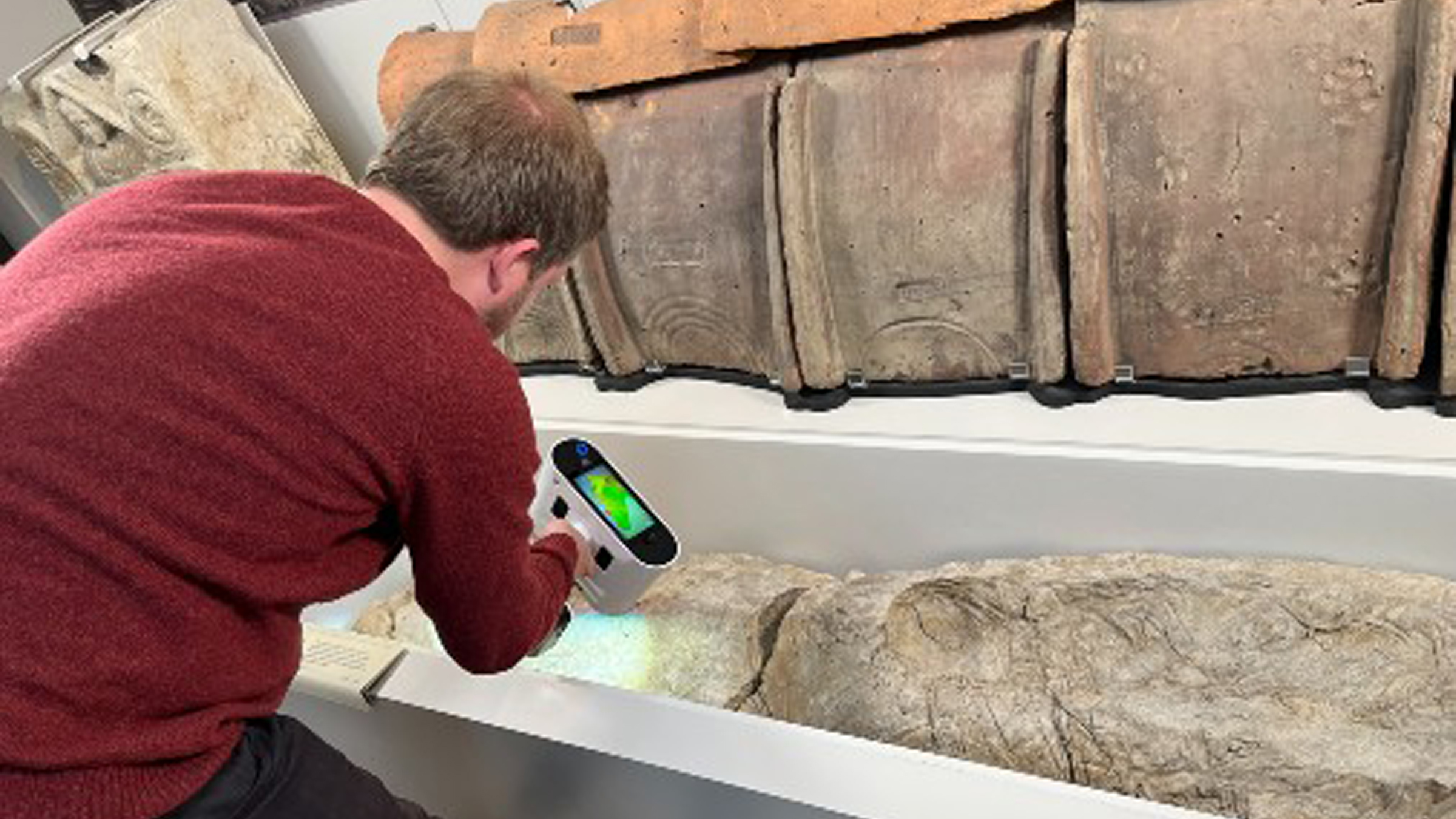
'Liquid gypsum' burial from Roman Britain scanned in 3D, revealing 1,700-year-old secrets
By Hannah Kate Simon published
About 1,700 years ago, liquid gypsum was poured over the remains of an elite family in Roman Britain.
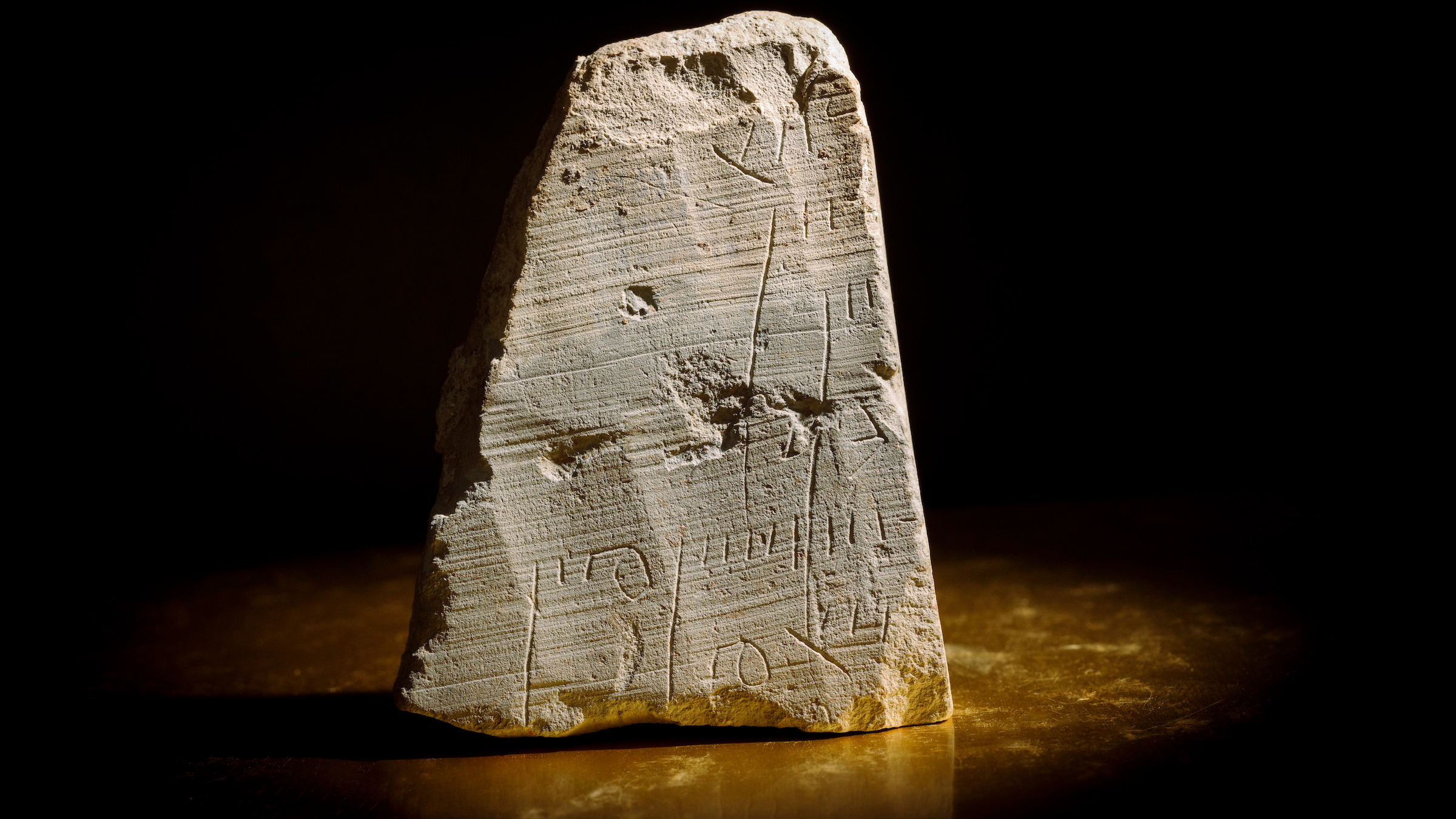
2,000-year-old stone receipt discovered in Jerusalem
By Laura Geggel published
An ancient financial transaction from Jerusalem that was "set in stone" dates to the Early Roman period.
Sign up for the Live Science daily newsletter now
Get the world’s most fascinating discoveries delivered straight to your inbox.
